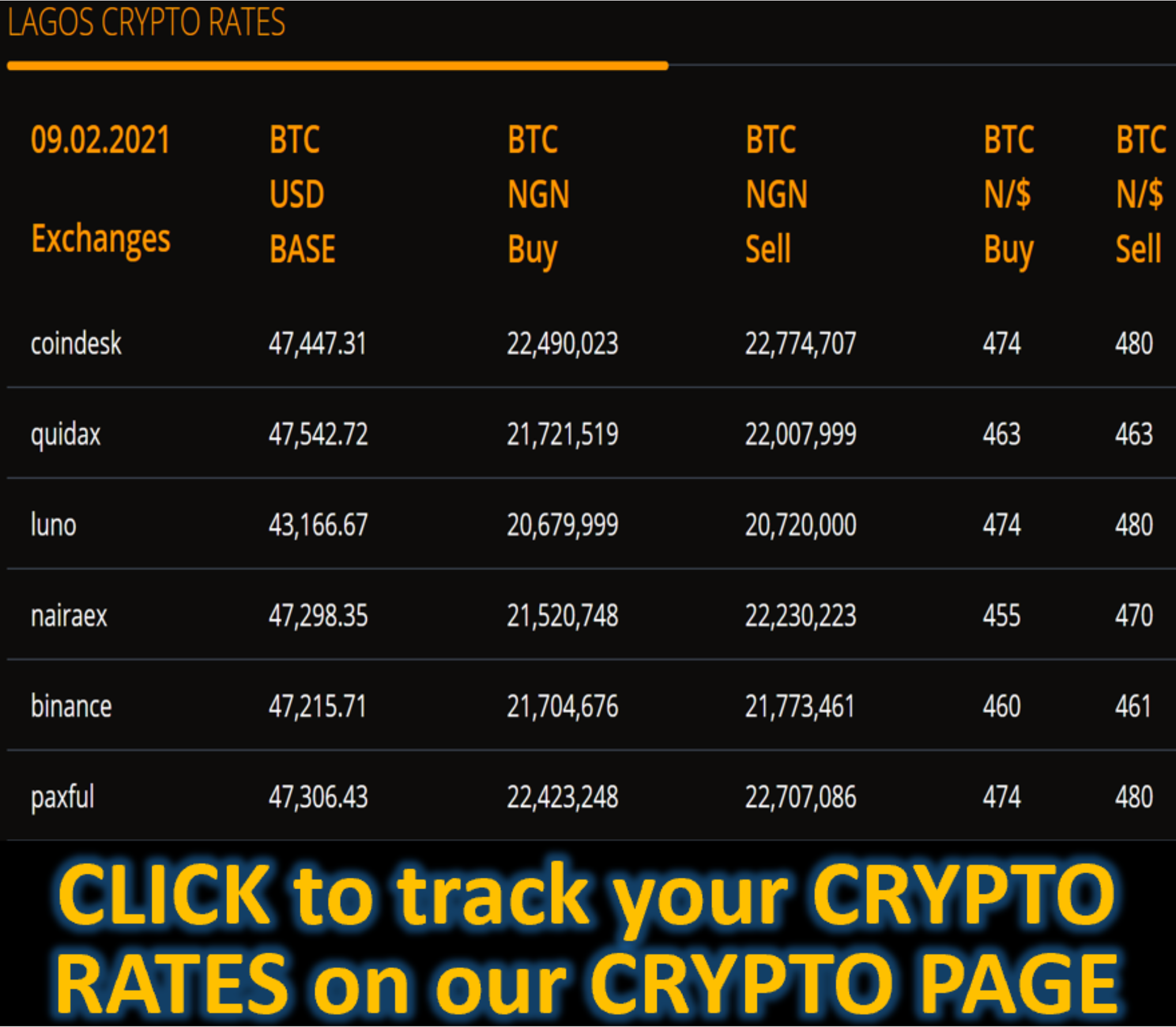MARKET NEWS
How worrying is the rebound in UK inflation? - FT
Story by Sam Fleming and Ian Smith in London and Kate Duguid in New York
Central bankers in the UK heaved a sigh of relief last year when inflation finally dropped below the 2 per cent target, hitting 1.7 per cent in September. More recently, the trend has been firmly in the wrong direction.
Official figures due on Wednesday are likely to show a further uptick in year-on-year consumer price growth to 3.7 per cent in July, compared with 3.6 per cent in June, according to a Reuters poll. Services inflation — which is closely watched by the Bank of England as a sign of underlying price pressures — is also expected to tick higher to 4.8 per cent, from 4.7 per cent previously.
The BoE has argued for much of the year that the bounceback in inflation is likely to prove a temporary affair, but the tone shifted somewhat at the latest Monetary Policy Committee meeting, where a reduction in the key interest rate to 4 per cent was carried by the narrowest of margins in a 5-4 vote.
Dave Ramsden, one of the BoE governors, acknowledged that the “nature of the persistence of inflation has surprised me”, as policymakers fret that rapid price growth could force them to put further rate reductions on hold.
The worry is that the UK is beginning to look like an outlier among its peers, given its stubborn inflation problem. The upcoming numbers from the Office for National Statistics will be very closely watched indeed. Sam Fleming
Is the US trade deal weighing on Eurozone confidence?
The trade deal agreed last month between the EU and the US eased the uncertainty hanging over the bloc’s relationship with its biggest export market. But many were not wowed by a deal that included levies of 15 per cent on most imports coming from the EU.
Purchasing managers’ indices for August due on Thursday will give an indication of how businesses in the euro area view the deal. Economists polled by Reuters are expecting a composite number of 50 — bang on the line that separates expansion from contraction — against 50.6 for July. Manufacturing, which will be closely watched, is expected to come in at 49.5, deeper into negative territory from the 49.8 recorded in July.
In a sign that tariffs are hitting confidence, this month’s Zew survey of economic sentiment in Germany, published on August 12, sank more than economists had expected. “It is clear . . . that investors are still not buying that the deal is good for Germany or the wider [Eurozone],” said analysts at Pantheon Macroeconomics.
We will have to “wait a while to find out the exact impact of the trade deal” in hard economic data, the analysts added, saying purchasing managers’ indices will provide “our first indication of what is happening”.
The market is betting that the European Central Bank is nearly done with its current interest rate-cutting cycle, with the benchmark deposit rate at 2 per cent. A souring of sentiment from trade pressures could test that assumption. Ian Smith
Will US PMIs reveal signs of weakness?
Investors will scrutinise data on the health of US businesses this week for signs of fragility in the world’s largest economy, as they assess the likely path forward for the Federal Reserve.
On Thursday, S&P Global will release its US purchasing managers’ indices, which measure manufacturing and services activity. The surveys will offer insight into how US companies are performing as Donald Trump’s tariffs begin to take effect.call to action icon
With equity markets hovering near record highs, the PMI figures offer a critical barometer of economic momentum heading towards the final quarter of the year. Market participants will be focused not only on the headline figures but also on the underlying components, particularly new orders, employment and input prices, as they look for signs of potential weakness.
A stronger than expected print, especially in the services sector, could reinforce Fed chair Jay Powell’s cautious stance on interest rates and cement expectations that the anticipated Fed cut in September will be limited to a quarter of a percentage point. Any softening in activity, especially if reflected in a decline in new orders or employment, could bolster the case for a jumbo half-point cut.
The inflation components of the PMI data will also be closely watched: a re-acceleration in input costs could raise fresh concerns about price pressures.
Investors are also likely to compare the US readings with PMIs from other major economies to be released this week. Divergence between US and European or Asian PMIs could affect currency markets, especially if they influence interest rate differentials. Kate Duguid









